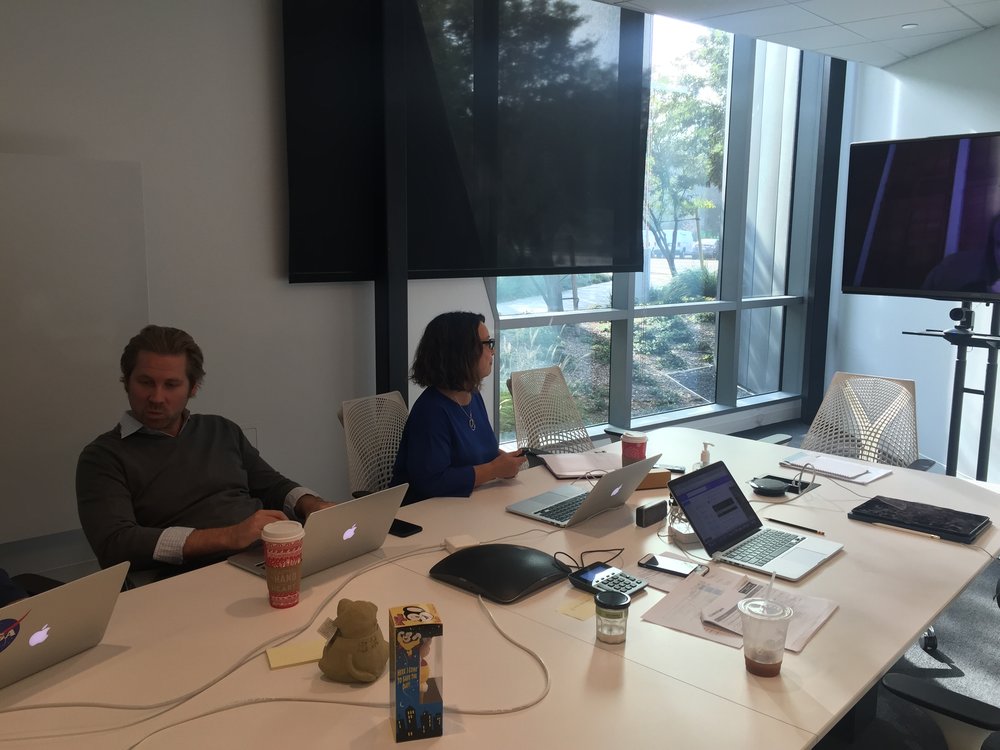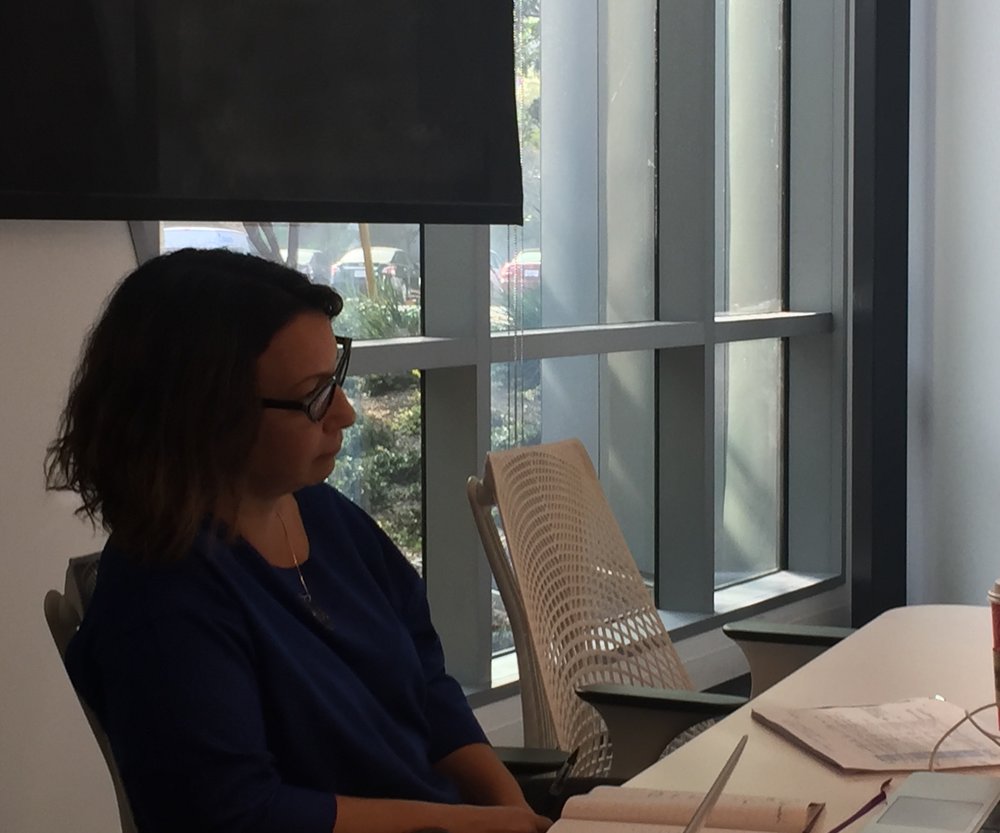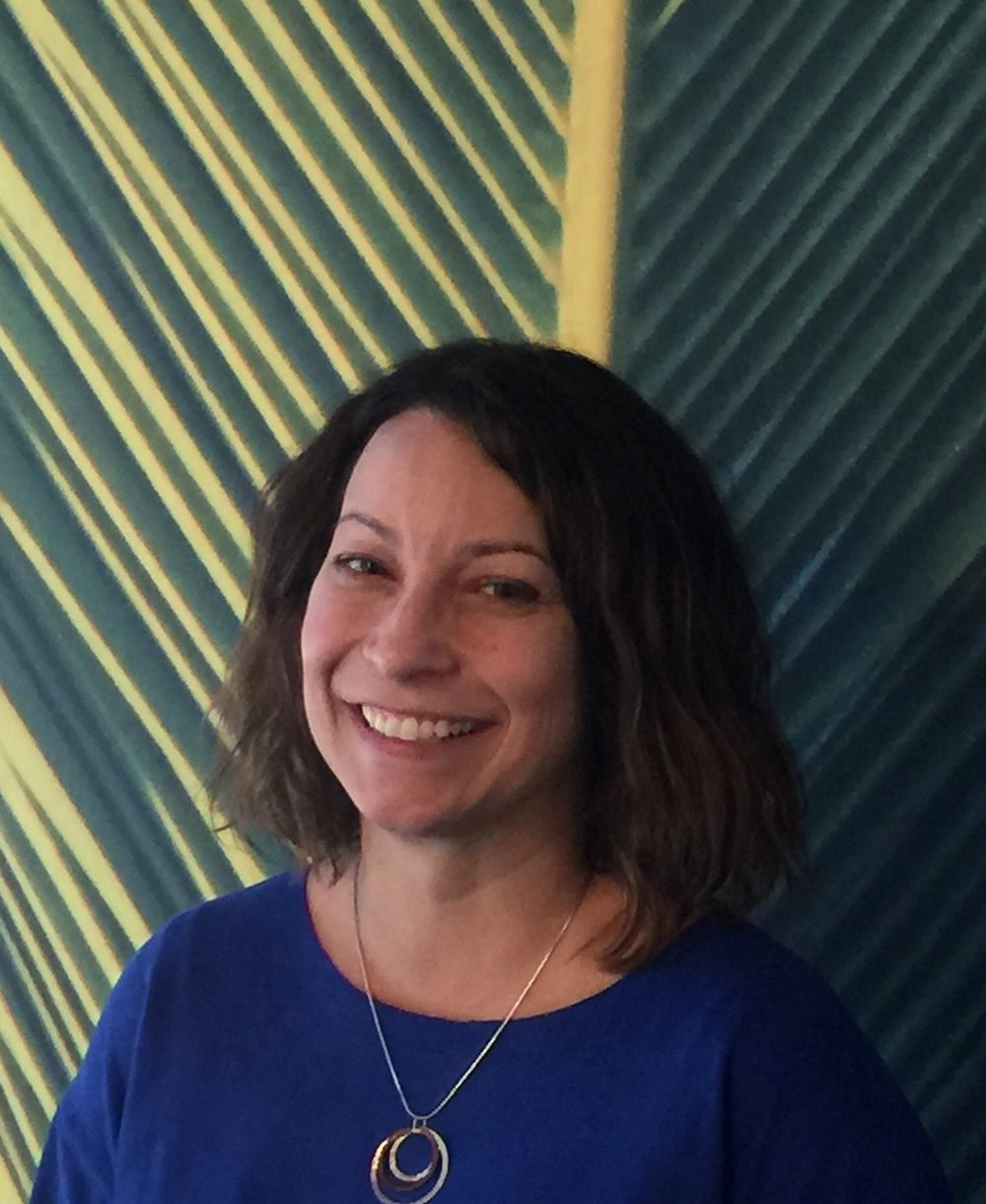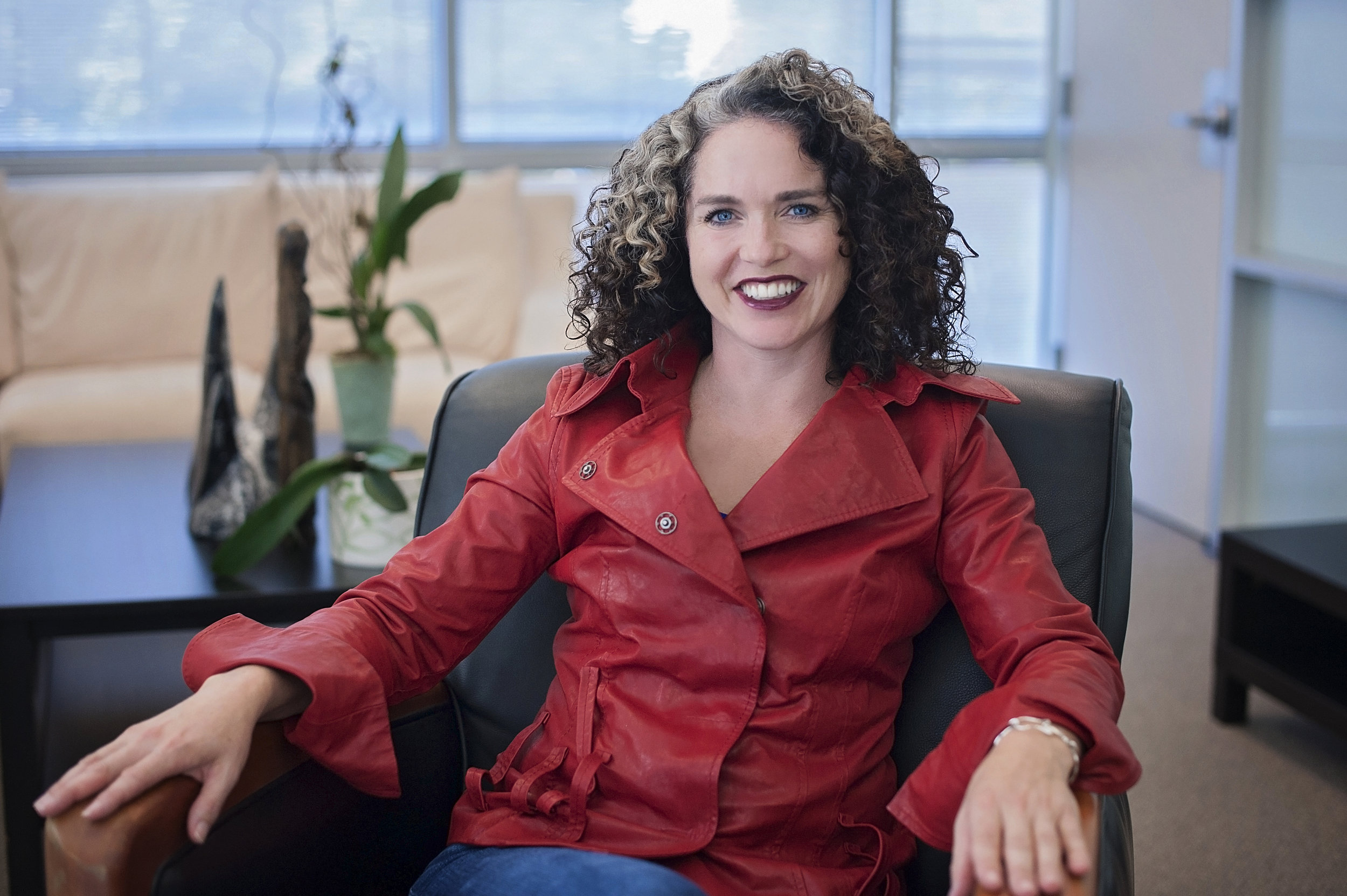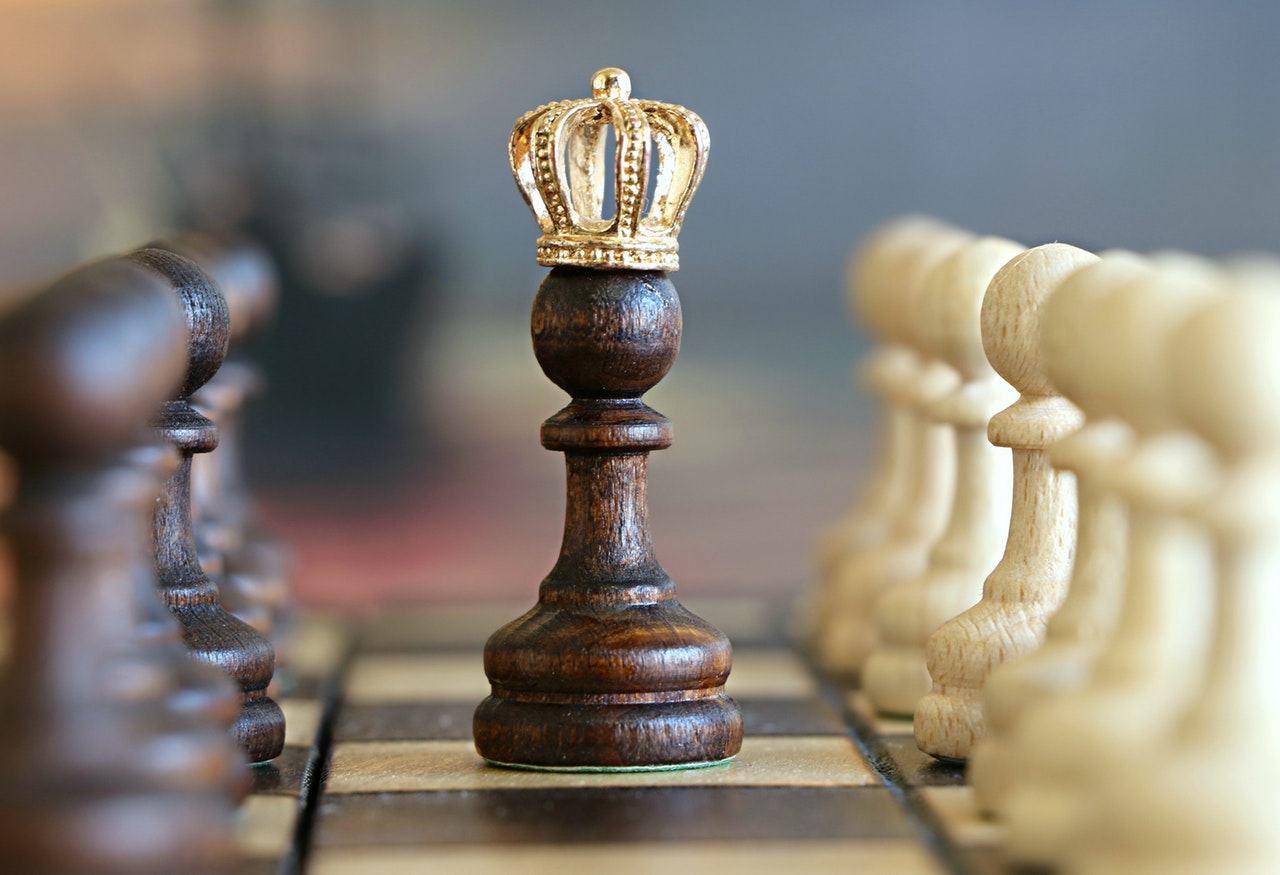Women 2.0 Interviews Yahoo Senior Director of Strategy & Operations: Stacey Monn-Vudrag.
What are some of the key things you focus on when building a great team?
First, design the right foundation for your organizational structure. I’m very much of the mindset that the best outcomes come from first designing the structure and then finding the right individuals to fill the needed roles (rather than designing an organization around individuals). Ideally, you fill the most senior positions first, build a solid leadership team, and empower those leaders to be able to hire the members of their teams.
For senior leadership roles, external relationships are often important, so I look for individuals who have both the technical and leadership skills as well as solid industry contacts. In hiring junior candidates, I look for strong foundational skills and a passion for learning. For example, someone who has just graduated from business school has the foundation, but isn’t necessarily going to have significant domain expertise or work experience. However, “strong athletes” have the ability to learn and grow in the role. Across the board, it is important to spot and hire people that have the potential to be star performers.
What strategies do you use for recruiting the best talent?
I don’t wait for talent to find us. I leverage my network of contacts both internally and externally, and I value recommendations that come from other well-regarded colleagues. I recruit internally by reaching out to strong performers who are looking for change and who I think would be strong additions to our team. Lastly, I’m proactive on LinkedIn and reach out directly to individuals with strong backgrounds. Those individuals may ultimately be the right candidates or can refer others.
At the interview level, I try to understand the candidate’s short and long-term professional goals. From my perspective, one of the biggest missteps in hiring is when there are misaligned expectations around the scope of the role and opportunities for growth. It is important to be honest about what the role entails and not misrepresent the role just to get a candidate to accept a position.
Once you’ve hired a strong team member, how do you keep them engaged?
You’ve identified a key piece of the puzzle. Finding and hiring strong talent is just the opening volley. Once a new employee is on-board, managers have to ensure that she is working on meaningful projects that matter to the company and provide her with opportunities to continue her career growth. This could include providing her the ability to take on an expanded scope or larger team, challenging projects, opportunities to present to senior executives, and speaking opportunities at conferences.
What’s the most challenging team dynamic you’ve encountered and how did you address it?
I joined Ian Weingarten as Chief of Staff when he assumed responsibility for the Corporate Development and Partnerships team. The first thing that we did was restructure the organization. We started with the foundation and identified what roles were needed. We then determined who on the existing team would staff these opportunities and where we would bring on new hires. Inevitably, we had to make hard decisions when it came to eliminating duplicative roles, which was difficult for the organization at large. We made the process collaborative and solicited feedback from our leadership team as opposed to making unilateral decisions. This went a long way in making our leadership team feel respected and valued in the decision-making process.
What’s the best productivity hack you’ve found?
As Chief of Staff, I wear a lot of hats, have many deliverables and have to manage expectations from several members of our leadership team. For me, the most important tool has been learning to be a master of Essentialism, a concept coined by Greg McKeown. Essentialism is the concept of doing more by doing less and not feeling that we have to do everything that is on our plates. I have learned to focus on things that make the greatest impact and, in doing so, make trade-offs and de-prioritize things that don’t. This sounds easy, but it’s incredibly difficult as it also means having to be okay with saying “no” to some things—some of which are important—as there are other more critical items that need attention.
What’s next for you and how can our community support you in your work?
I’m very fortunate to have an interesting and challenging role. I love what I do as well as the people who I work with each day. I’m always interested in connecting with talented professionals in Business Development and Partner Management as well as with other business leaders.
Stacey Monn-Vudrag is Sr. Director, Strategy & Operations & Chief of Staff to Yahoo’s SVP of Corporate Development and Partnerships, Ian Weingarten. In this role, she had the unique experience of helping restructure and build an organization – broadening the scope from Corporate Development to include Global Partnerships. The team would ultimately be 5x larger. Her current role is a hybrid one that combines business strategy and operations.
